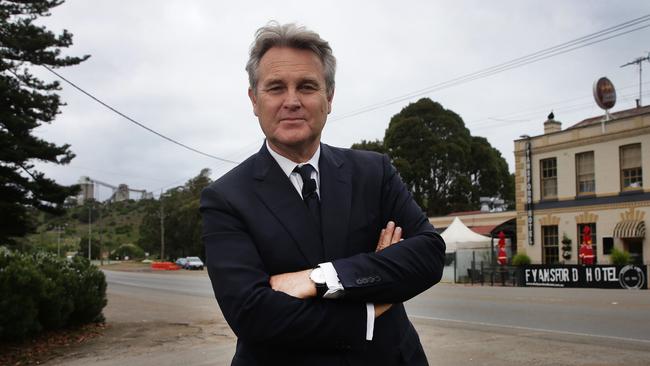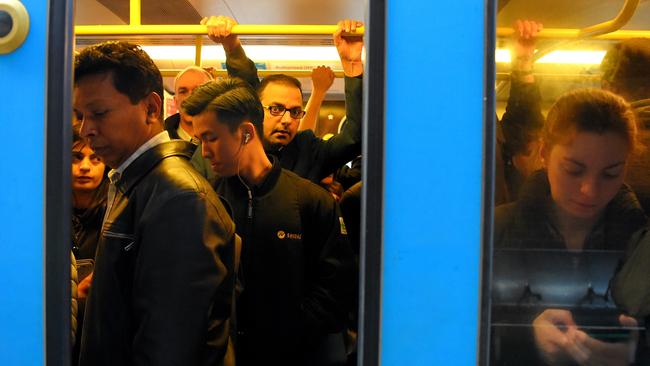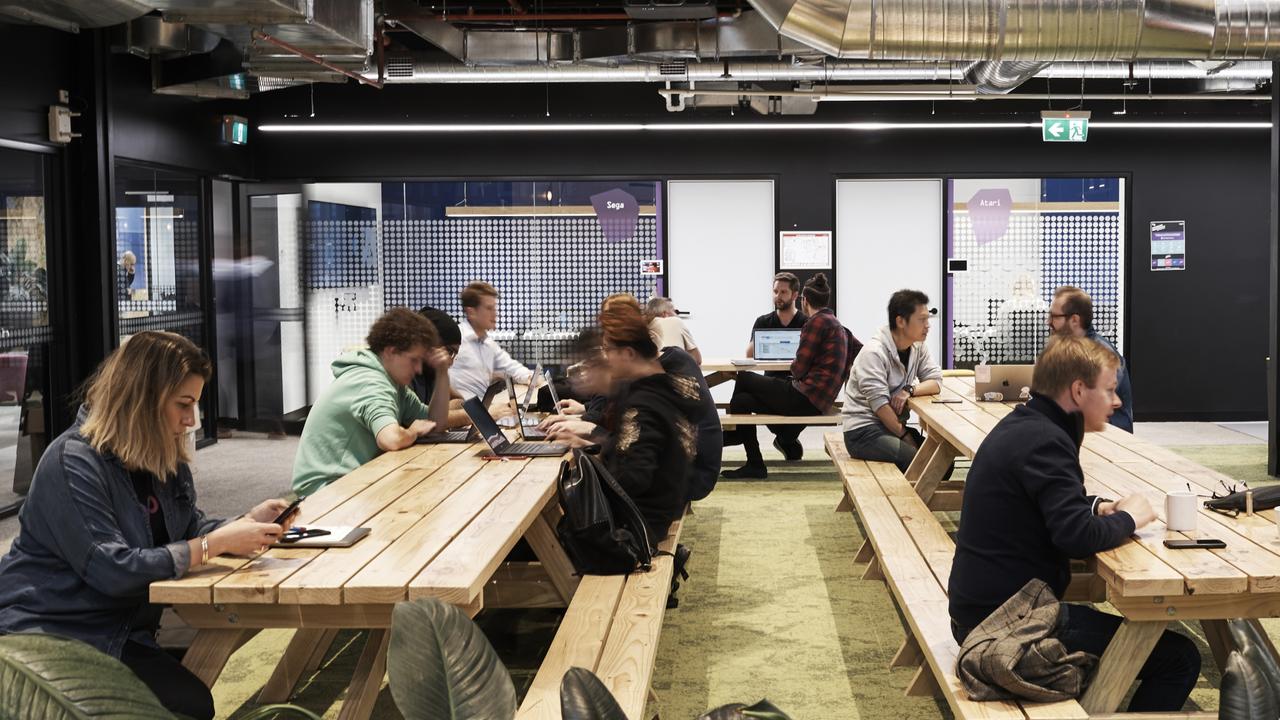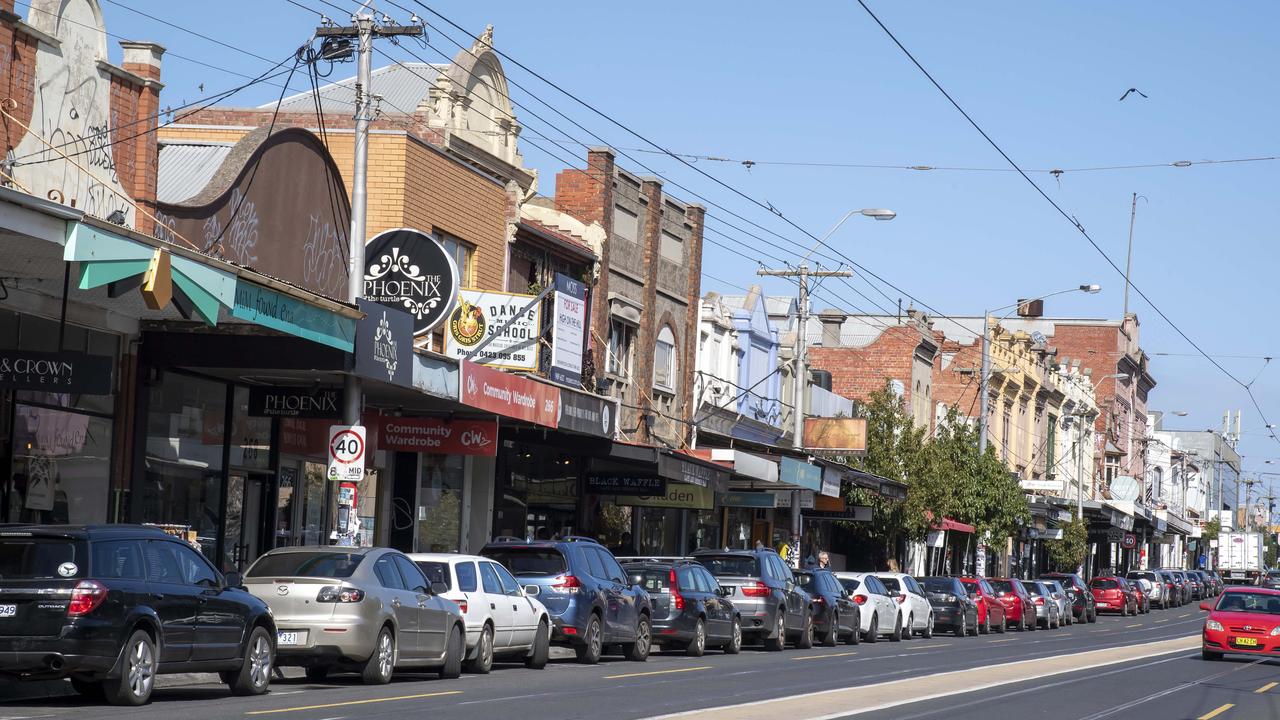Bernard Salt: Melbourne’s hubs to ease grind as it grows to nation’s biggest city
IF you could design the perfect city in the perfect state, you would come up with something akin to the city of Melbourne and state of Victoria, writes BERNARD SALT.
Future Victoria
Don't miss out on the headlines from Future Victoria. Followed categories will be added to My News.
IF you could design the perfect city in the perfect state, you would come up with something akin to the city of Melbourne and state of Victoria.
Here is the Australian continent’s most fertile state, blessed with natural resources, that created a city, a society and a culture that underpins much of modern-day Australia.
It is a state that is manageable in scale, where the capital is centrally positioned and where Port Phillip Bay pushes water access deep into the rural heartland. No wonder Melbourne was the wonder city of the 19th century.
It was a colonial behemoth that delivered manufactured product as effortlessly as it produced artists via The Heidelberg School and John and Sunday Reed’s Heide which nurtured painters like Tom Roberts and Sidney Nolan.
BHP might have been founded in Broken Hill, but it has anchored the Melbourne business community for 100 years. As have ANZ, NAB, CSL, Coles, Telstra and, don’t forget Melbourne’s digital newcomers: Seek and the REA group.
And then there’s China’s Alibaba, which has now based its Australian operations in Melbourne.
Oh, that preening harbour city to the north can beat its chest about scenic beauty but it is Melbourne that muscles up to pump Australia’s working heart.
At the time of Federation, the Australian Prime Minister was based in Melbourne. Sydney got the Governor-General. When Canberra was completed in 1928, the Prime Minister’s office was relocated. But Sydney retained Admiralty House as a weekender for the Governor-General and then bolted on Kirribilli to deliver a second home to the Prime Minister.
Melbourne was dudded by Sydney in the Federation deal but we’ve always been too polite to complain.
Until now.

Wasn’t that the purpose of Canberra? To ensure that neither Sydney nor Melbourne got the advantage of federal government?
Regardless, Melbourne’s cultural supremacy has defined our nation with Neighbours, The Castle, Dame Edna Everage, Kenny and even Kath & Kim, which have all stemmed from the southern capital.
Melbourne may have struggled in the early 1990s but today the city is on the move. From the time of first settlement, Melbourne pushed east into the soft soils leading to the foothills of the Dandenong Ranges before deflecting southeast towards Cranbourne and Pakenham.
Then following the completion of the Western Ring Road in the late 1990s, the city’s growth flipped. Suddenly Melton and Werribee replaced the Gold Coast as Australia’s fastest-growing region.
Melbourne has outpaced Sydney every year this century in terms of population growth. And the reason is simple. Melbourne delivers what Sydney cannot or will not deliver: affordable housing on the city’s edge.
You can buy a house and land package at Tarneit for less than $400,000. You cannot do that in Sydney. Sydney does not deliver the Australian dream.
We do. It is our strength.

But as our beloved city flips from east to west and grows from four million this decade to eight million by mid-century, the way we live, work and play will change. Low-density suburbia is already giving way to a higher-density apartmentia clustered around railway stations.
The idea of living on the city’s edge and commuting to CBD jobs worked fine until now but in the future, there will be a series of mini-me CBDs in places like Box Hill, Monash-Chadstone and Ringwood. Beyond four million, the city becomes too big to navigate so work shifts closer to where people live.
Footscray must transform: all the west’s growth cannot continue to clamber across the Yarra to the CBD every weekday. Melbourne’s arteries will thicken with continued population growth and especially the void between Deer Park and Melton.
At some point in the 2030s, Melbourne will surpass Sydney as the nation’s biggest city.
A new pride and a touch of big-city attitude will encourage Melburnians to think boldly and of connections with, say, Shanghai rather than with Sydney. That future pride is not so much an outcome of Melbourne being bigger than Sydney; it comes from the fact that Melburnians realise that their city is not just liveable but it is also this nation’s more affordable global city.
Bernard Salt heads The Demographics Group



